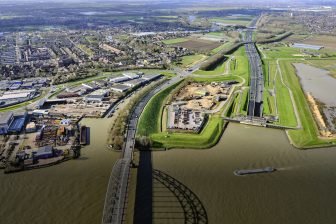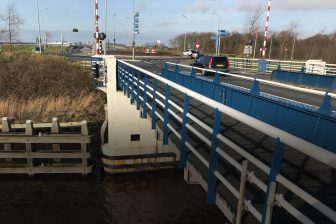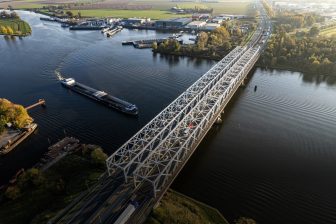EC: Five billion to be invested in rail signalling
Brussel, België – The European Commission adopted a Communication presenting its strategy for deploying the harmonised European rail signalling system ERTMS/ETCS (European Rail Traffic Management System/European Train Control System) – on the major priority routes of the trans-European network. ERTMS has already been the subject of a Memorandum of Understanding signed on 17 March between the signalling industry, railway undertakings, infrastructure managers and the Commission (IP/05/321). “We still have to create the European railway area†said Jacques Barrot, Vice-President of the European Commission with responsibility for transport, “ERTMS is a major European industrial project which should generate more than €5 billion in investments by 2017.â€
While lorries can cross Europe from north to south or west to east, trains cannot. Every frontier is a technical barrier which cannot be crossed without expensive adaptations to every trainset and every locomotive. ERTMS will make it possible to have a standardised European system – a first in the rail sector – and to make substantial savings compared with the existing systems, especially in terms of maintenance costs.
Most of the benefits of the system will not be felt, however, until there is a whole set of lines and trains equipped with ERTMS. A “critical mass†will have to be reached before the old national systems can be scrapped and full advantage can be taken of the savings offered by ERTMS. For this reason, the Commission proposes to give strong support to ERTMS pioneer undertakings, since they will bear the brunt of the extra cost of maintaining the old systems during the transitional period.
In 2005 and 2006, “ERTMS lines†will open in Spain, Italy, the Netherlands and Germany. In 2007 and 2008, other projects, particularly in France, the United Kingdom and Greece, should become operational (see maps annexed to MEMO/05/235). This does not yet constitute a network, however. That is why there has to be a genuine deployment plan coordinated at the European level. The European coordinator soon to be appointed by the Commission will be making proposals for this in collaboration with the sector.
Deployment will be intensive in the ten years from the start of 2007 and will generate about €500 million in annual investments for equipping some 20 000 kilometres of lines. In the framework of its proposal for financing the trans-European transport networks for the financial perspective for 2007-2013, the Commission proposed to support up to 50% of these investments, including for adapting existing rolling stock. It is now for the Council to provide for a budget sufficient for completing the trans-European networks and to allow an increase in the rate of aid to projects from the European Union budget. Investments could also be co-financed from the Cohesion Fund.
Once Galileo will be up and running trains equipped with ETCS will be able to use satellite navigation for determining their position and speed. Galileo will enable operators and service providers to have more reliable and accurate data which will optimise planning, execution and control of train movements and thereby reduce the cost of services.
U las zojuist één van de gratis premium artikelen
Onbeperkt lezen? Profiteer nu van de introductieaanbieding voor € 10,- per maand.
Bent u al abonnee?



